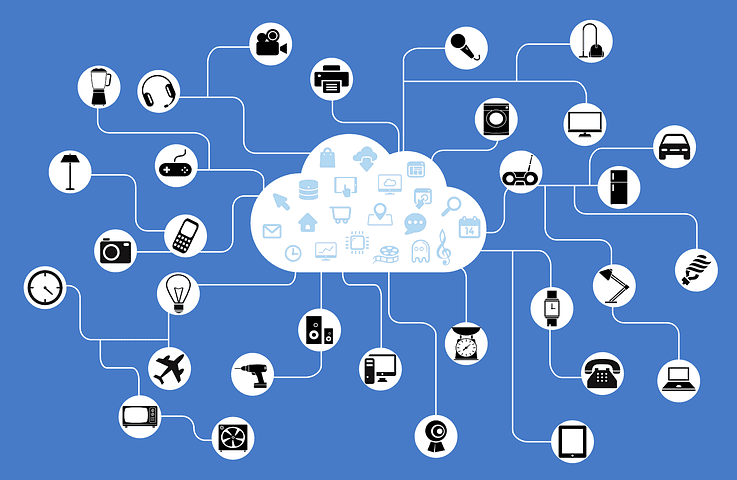Explore the World's Best Ideas
Join today and uncover 100+ curated journeys from 50+ topics. Unlock access to our mobile app with extensive features.
Systems of IoT devices (SIoTD)
The Internet of Things has hundreds of applications, ranging from next-gen consumer electronics to high-calibre industrial devices.
SIoTD are networks of connected IoT devices that work together for an integrated purpose. An IoT networking system's key feature is its architecture, which includes layers of devices, components and network processes.
8
94 reads
Examples of IoT networking systems
- Many consumers today have their own personal IoT networking system, including a smart speaker, smartphone, smartwatch, smart appliances, and potentially even their smart car. These devices can communicate with consumers and each other in several ways, but they all serve one purpose of simplifying and automating the consumer's life.
- A manufacturing facility that uses IoT in networking might adopt technologies like IoT quality-control sensors, IoT sensors for manufacturing robots, smart inventory monitors and smart warehousing equipment.
8
80 reads
Layers of IoT in Networking
Sensors in IoT devices inform the device about some condition, such as temperature, and forward that information to a controller.
The controller tests the information from the sensor against a collection of possible responses, identifies the appropriate response and then tells the device's actuators to do something, such as send an electrical signal to turn off an appliance. The device is connected to the network, most often the internet, and communicates and collects data from other devices.
There could be hundreds of sensor-controller-actuator processes in a large system of IoT devices.
8
52 reads
Types of architectures
There are three main IoT network architectures:
- Three-layer consists of a perception layer, an application layer, and a network layer. A simple way to think of this architecture is like the human body. The perception layer is like the senses, such as touch, smell and sight. The information the body senses gets sent to the brain, the network, where the information is processed and turned into an action, the application layer.
- Four-layer adds a specific data processing layer and often act as a security layer.
- Five-layer adds a processing layer as well as a business layer.
8
40 reads
Applications for complex SIoTDs
Applications range from consumer electronics to expansive supply-chain programs. One great use case for SIoTDs is supply-chain monitoring and management. For example, smart warehouses.
Warehouse managers can use IoT devices to monitor their inventory levels, which can inform them which inventory items are low or expiring soon.
8
52 reads
IDEAS CURATED BY
Khalid Faez's ideas are part of this journey:
Learn more about technologyandthefuture with this collection
Find out the challenges it poses
Learn about the potential impact on society
Understanding the concept of Metaverse
Related collections
Similar ideas
10 ideas
Will Helium finally make IoT a reality?
preethikasireddy.com
4 ideas
What’s Next in Computing?
medium.com
1 idea
Read & Learn
20x Faster
without
deepstash
with
deepstash
with
deepstash
Personalized microlearning
—
100+ Learning Journeys
—
Access to 200,000+ ideas
—
Access to the mobile app
—
Unlimited idea saving
—
—
Unlimited history
—
—
Unlimited listening to ideas
—
—
Downloading & offline access
—
—
Supercharge your mind with one idea per day
Enter your email and spend 1 minute every day to learn something new.
I agree to receive email updates


